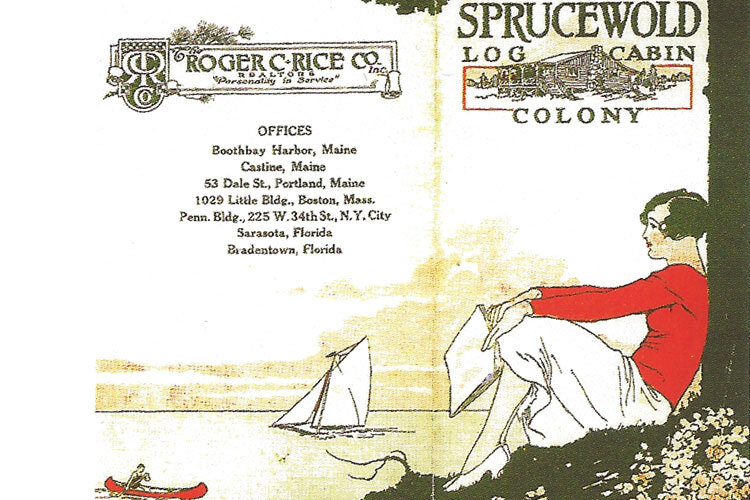Central American Rustic
The essence of traditional rustic design is that an object or structure incorporates unprocessed natural materials sourced from the local environment. Examples in the northern and central U.S. include cabins made of bark-on cedar logs, dressers clad in birch bark, and mirrors trimmed with yellow birch twigs. From the southern U.S. we have had chairs with rhododendron root lattice backs, stands with diamond willow bases, and even a mosaic twig-style sideboard made with palmetto fronds.
On a recent trip much further south - to Belize - we admired local rustic elements and architecture, the primary form being living quarters and cabanas with thatched roofs and bamboo-like interior walls.
According to local residents, the most long-lasting material for thatched roofs is the fronds of the Cahune Palm tree, which have a high silicon content. After seeing lots of finished roofs, we were finally able to see this palm tree growing in its natural habitat while on an ecotour traveling by boat up an estuary into a coastal rain forest.
A cahune palm tree along the Monkey River in Belize.
Transforming these fronds into roofs takes skill and teamwork.
Thatched roof making (from belizeadventure.com)
Building a thatched roof (from belizeadventure.com)
Here is a completed woven cahune palm frond roof from the outside:
And from the inside.
While on the river trip, we also saw a bamboo-like plant called Giant Reed that is used in local architecture. Here it is as seen from the boat:
And close up:
This photo of the interior of one of the cabins where we stayed shows giant reed used as an interior wall covering rising up to the cahune palm thatched roof. The structural elements are peeled hardwood poles.
We learned that although "the old guys" living in local villages still know how to build homes in this traditional way, not many do anymore. The riverside home below is more typical, having much more hurricane-proof cement block underpinnings and a metal roof:
In addition to thatched-roof buildings, we encountered a few other rustic touches, such as these peeled branch railings made from a native hardwood:
And a towel-drying ladder made of bamboo or giant reed:
This rustic easel is not unlike something we'd find in an Adirondack camp or Appalachian cabin:
Rustic architecture and interiors around the world can be basic and utilitarian, or artful and luxurious. The most appealing rustic touches in Belize were elegantly simple, which is an aesthetic that also draws us to furnishings from the early eras of refined rustic design here at home. Yet nothing made by people can compete with what nature itself provides in raw form, whether along the shores of a northern lake or at the edge of the Caribbean Ocean.



























